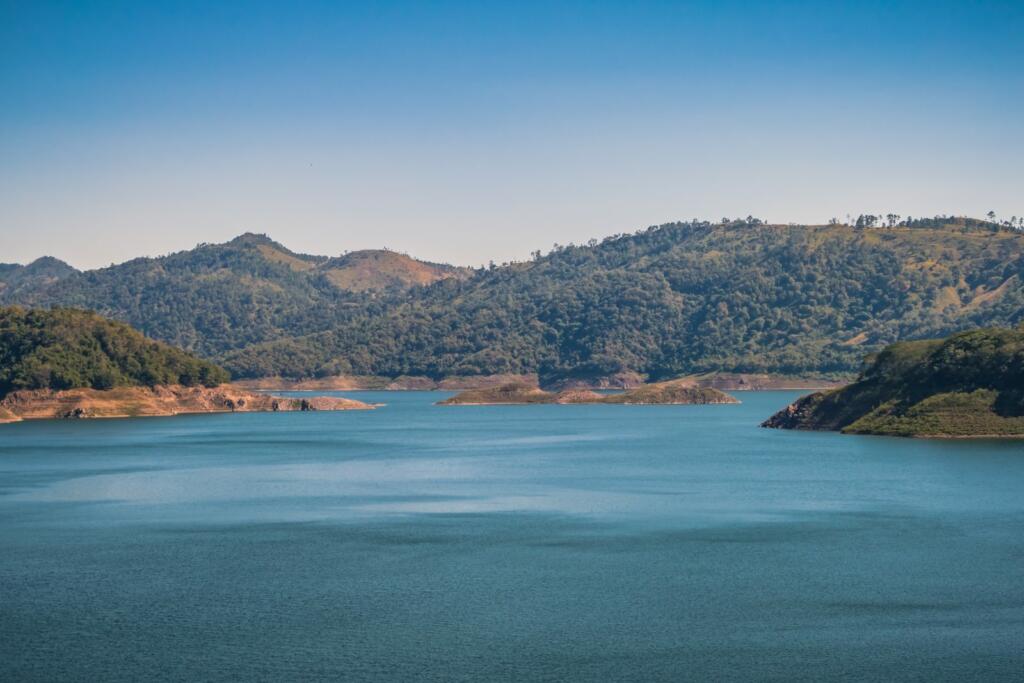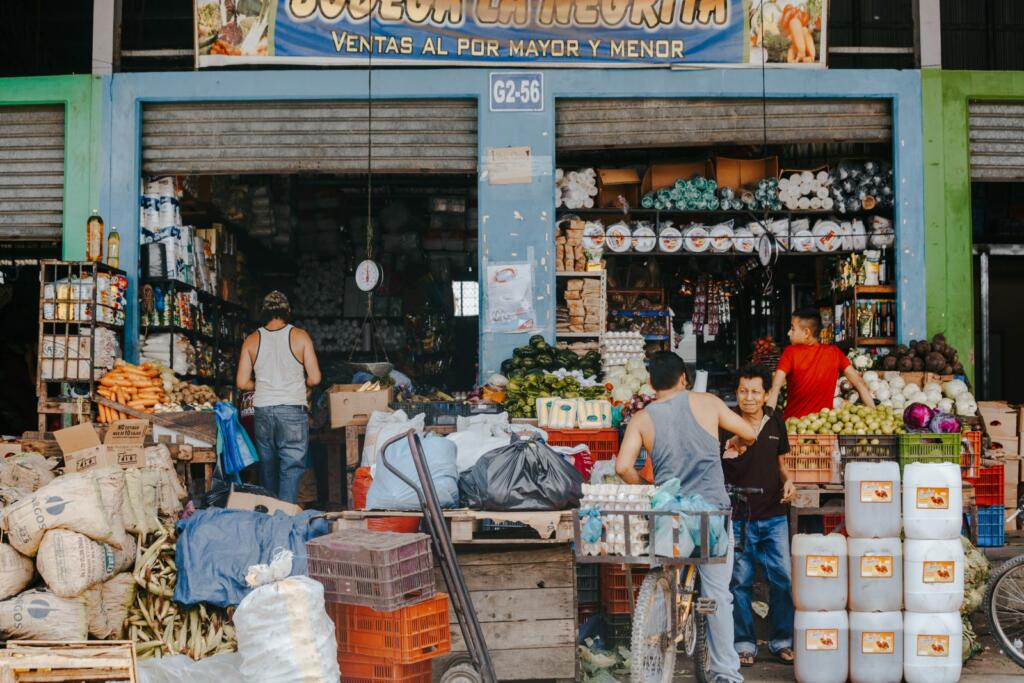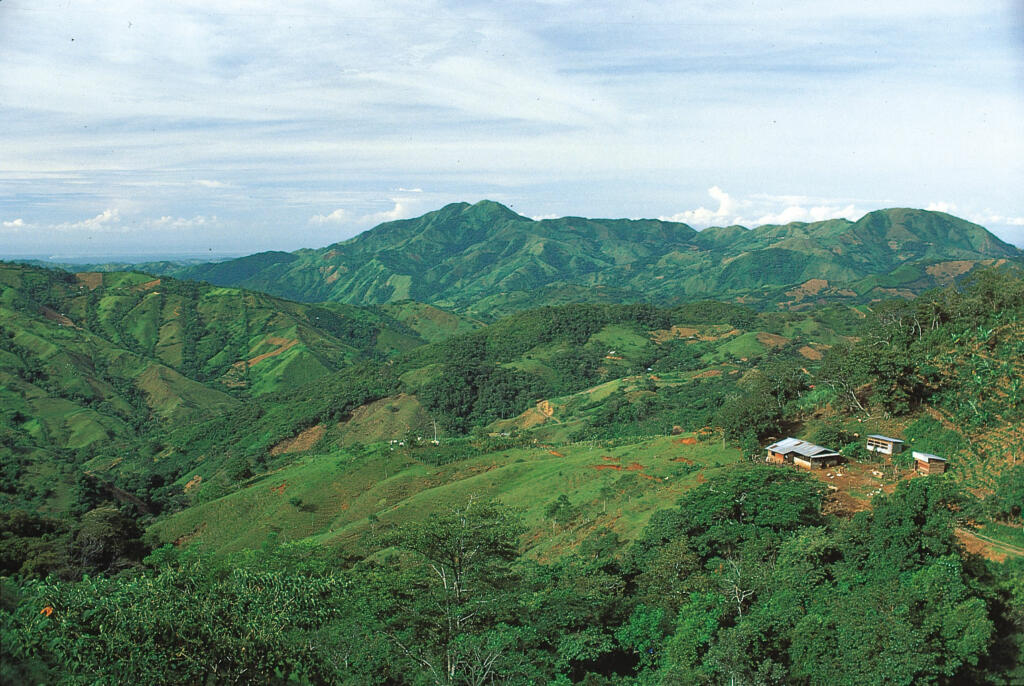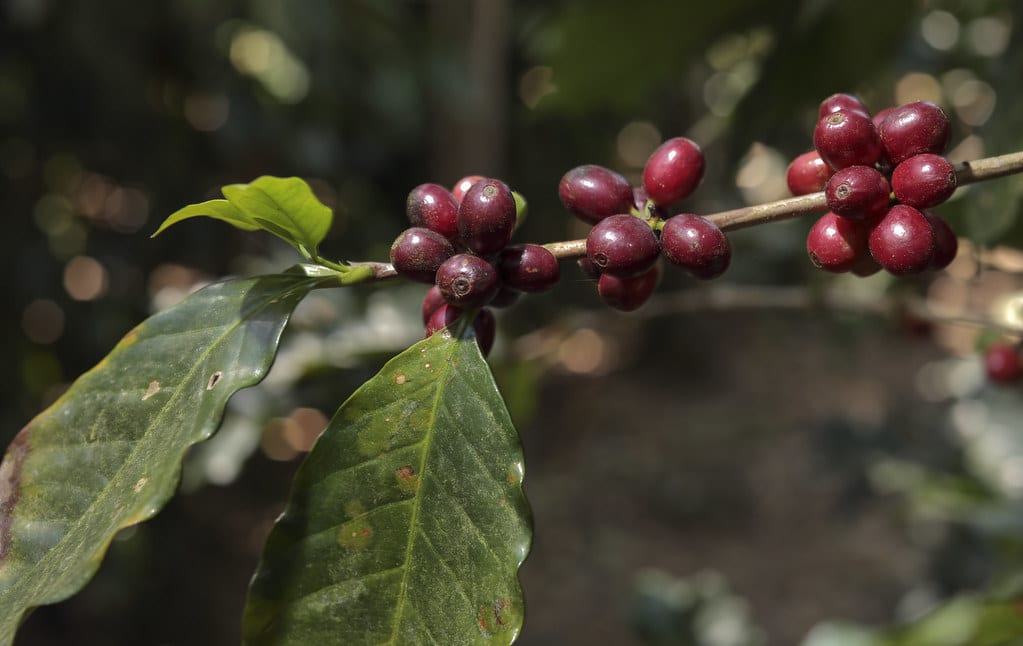Have you ever tasted Honduran coffee? If not, we will tell you shortly why you might want to taste it as soon as possible. You will also learn more about the growing regions, how it processed, and some interesting facts. Ready to learn more? Let’s dive deeper.
What makes Honduras coffee special?

While most Honduras coffee is sold locally, the country still produces some of the most sought-after coffees by coffee lovers around the globe. The light, fruity flavors make this coffee have a huge aficionado base.

Washed coffees are common here, but some producers can also experiment with natural or honey. The use of different methods is a plus for all those who love coffees that are processed differently. In addition, different altitudes, varieties, cup profiles, and micro-climates make Honduran coffee special.
The lack of modern infrastructure is one major hiccup that hinders Hondura’s ability to export more coffee. This has been a big issue since the country started to grow coffee. Today, over 100,000 coffee farmers work together to contribute to about 6 million bags of coffee exported each year. 90% of Hondura’s coffee is grown on small farms.
History of Honduran coffee

Coffee production in Honduras dates back to the late 18th century when it arrived from the Caribbean. Coffee started to gain ground after gaining independence, and it was second to banana exports, which were owned and operated by American companies up through the 20th century.
Coffee production faced many challenges, and the lack of proper roads was a major hiccup. In 1949, there was an effort to improve the condition of roads. This helped create access to outside economies.
Hurricane Mitch in 1998 almost brought coffee production in Honduras to its knees. Luckily, farmers manage to keep the fire burning despite being walloped.
After the hurricane, coffee gained legs in the early 2000s and was considered a primary cash crop along with bananas. Since then, Honduras coffee has been recognized globally. For example, in 2011, it was crowned as the world’s second-highest producer of Arabica coffee that has been washed and the highest producer of coffee in Central America.
Today Honduras is among the top coffee-producing countries in the world. Its farms create millions of jobs during harvesting and processing seasons and are responsible for a large portion of the exports out of South America.
Growing conditions

Honduras has an excellent climate for growing coffee despite facing a potential risk of hurricanes that can wreak havoc. Growing conditions here are similar to those in Nicaragua, Costa Rica, and Guatemala. The highest quality coffee is grown under the roof of trees, such as bananas. Shade-grown coffee is best known for having lower acids and better flavors.
Poverty and coffee rust are other significant threats to Honduras coffee. Therefore, the government tries different approaches to empower farmers; that is why Honduras coffee has climbed to the top of coffee production in central America, for example, in 2011.
Growing regions

- Copan
Copan is located on the western side of the country with an altitude of about 1 – 1.5 km. The coffee here has specific sweetness with strong caramel, citrus, and chocolate notes. The body tends to be creamy and bold. The aftertaste is lingering and balanced, with a delicate acidity. Coffee from Copan is famous in Honduras. Common varieties include Caturra, Bourbon, and Catuai.
- Agalta
Located in the Southeast of the country, the elevation is roughly 1.1 – 1.4 km. The climate here is more humid and warmer—coffee from this region is fruitier and sweeter with a distinct chocolate aroma.
- Montecillo
The flavor profile of coffee from here is excellent, thanks to cold nights that help the cherries to ripen less quickly. Along the Salvadoran border, in the southwest of Honduras, the altitude here hits 1.6km. As a result, Montecillo has tastes of peach, caramel, citrus, and apricot.
- El Paraiso
This region is located in the Southern area at an elevation of 1.4km. In recent years, coffee from here has won some awards. That is good proof coffee from El Paraiso is excellent. It is best known for sweet hints of green apples, blueberries, peaches, and subtle jasmine.
- Opalaca
Located along the east of Copan, coffee from here is best known for more complex flavors. The elevation is around 1.5km above sea level. Flavors include berries, tropical fruits, grapes, a balanced aftertaste, and delicate acidity.
- Comayagua
Comayagua sits in the center of Honduras and has an altitude of 1km – 1.5 km above sea level. Coffee from here has gained worldwide recognition (won awards). Its notes include guava, orange, peach, mango, lime, black currant, and watermelon. Varieties include Parchi, Typica, and Bourbon. For every cup of Comayagua, you can expect citrus, sweet fragrances combined with a bright level of acidity, and a creamy, rich body.
Flavor notes – What does it taste like?

The regions where coffee is mainly grown influence the resulting flavors. But the common taste combines darker and more caramel notes and lighter notes like tropical berries and fruits. Some coffee lovers have also described Honduran coffee as having notes of chocolate and apricot.
Processing
Wet processing is the conventional method used in large-scale production. Water is used to remove the cherries before drying the coffee beans. Grading follows depending on the altitude coffee was grown.
Time investment
Coffee farmers brace for tough moments to produce coffee. A typical coffee plantation here takes about four years to reach a good production level, and about seven years get good returns. For that entire period, farmers invest their time and money hoping while hoping for a better tomorrow.
Coffee tourism
Honduras is a beautiful country, and one thing that makes it attractive is its coffee farms. Tourists from across the globe visit to see the stunning plantations. Of course, that helps Honduras to make the most money from tourism.
Wrap up
There are many exciting things about Honduran coffee to appreciate. But, first, sipping it will help you understand why many coffee lovers brew it.
If you ever come across some high-grade Honduran coffee, make sure to brew and sip it. We recommend ordering whole beans to best preserve flavors. Also, avoid pre-roasted brands sitting on the shelves for the best experience.

Editorial Staff
The editorial staff at Crazy Coffee Crave is a team of coffee enthusiasts & Baristas who enjoy the one thing we all think about as soon as we get up in the morning. Trusted by thousands of readers worldwide.





